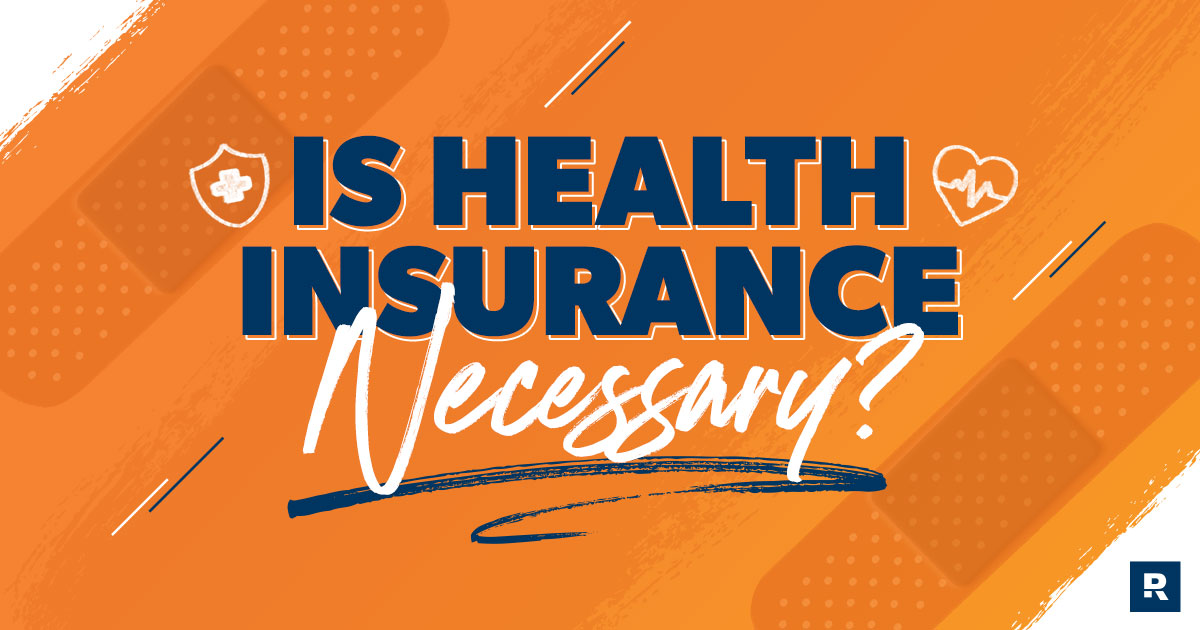Discover the Top Health Insurance Agency in Houston for Your Protection Requirements
Wiki Article
Comprehending the Essentials: A Comprehensive Overview to Medical Insurance Options
In today's complicated health care landscape, browsing the myriad medical insurance alternatives can be discouraging. A clear understanding of the different kinds of strategies-- such as HMO, PPO, EPO, and POS-- along with key monetary terms like copayments, deductibles, and costs, is crucial for making notified decisions - health insurance houston. How do these components interact to form your healthcare experience and economic wellness? This guide aims to debunk the elaborate world of medical insurance, equipping you with the expertise to select a strategy that aligns with your personal healthcare requirements and financial objectives.Types of Health Insurance Plans
When navigating the complicated landscape of health care insurance coverage, recognizing the various types of medical insurance plans is important. Primarily, medical insurance strategies can be categorized right into 4 major kinds: Wellness Maintenance Organization (HMO), Preferred Service Provider Organization (PPO), Exclusive Service Provider Organization (EPO), and Point of Solution (POS) strategies. Each kind supplies distinctive features and benefits, tailored to fulfill varied healthcare requirements.HMO plans require participants to choose a medical care medical professional (PCP) and obtain references from the PCP to see experts. This model highlights preventative treatment and normally restricts protection to a network of service providers, which assists to regulate expenses. On the other hand, PPO strategies give better versatility, allowing participants to see any doctor without a reference, though they incentivize making use of network carriers through minimized prices.
EPO plans combine elements of HMO and PPO strategies, supplying reduced prices but calling for participants to make use of a certain supplier network without requiring references. health insurance houston. POS strategies combine characteristics of HMOs and PPOs, necessitating a PCP and recommendations while permitting out-of-network care at higher out-of-pocket expenses. Recognizing these differences is essential for picking a strategy that lines up with specific healthcare preferences and demands
Recognizing Premiums and Prices
Browsing the complexities of wellness insurance premiums and prices can really feel overwhelming in the beginning, however acquiring a clear understanding is necessary for making informed choices. Medical insurance premiums are the routine settlements made to keep protection, generally billed regular monthly. Premiums differ based on factors such as the person's age, location, and kind of strategy chosen. It's essential to keep in mind that a lower premium might not always correspond to lower overall prices, as these plans may have greater deductibles and out-of-pocket costs.Along with costs, various other cost factors to consider consist of deductibles, copayments, and coinsurance. The deductible is the amount you pay before the insurance begins covering your medical expenditures. Plans with higher deductibles commonly have reduced costs. Copayments are fixed amounts paid for specific services, such as medical professional gos to, while coinsurance is a portion of the price shared between the insured and the insurance firm after satisfying the deductible.
Understanding these prices can aid you approximate your prospective medical care expenditures and pick a plan straightening with your budget plan and medical care demands. Reviewing expenses versus coverage will allow you to select a strategy that provides the most value and defense.
Coverage and Advantage Explained
Although understanding the breadth of coverage and benefits is crucial in selecting the best health and wellness insurance coverage strategy, the specifics can frequently be complex. Medical insurance protection commonly includes necessary health benefits such as hospitalization, outpatient care, emergency situation solutions, maternity and newborn care, psychological health services, and prescription medicines. Additionally, precautionary services like testings and vaccinations are typically covered without a co-payment, as mandated by the Affordable Treatment learn this here now Act for compliant strategies.Each strategy might vary substantially in terms of protection degrees and exclusions. It is important to inspect the Summary of Conveniences and Insurance Coverage (SBC) record, which describes covered services, cost-sharing responsibilities, and any constraints or exemptions. For instance, some plans may cover alternative therapies such as chiropractic care, while others do not.

Thoroughly taking a look at the level of insurance coverage and benefits ensures that the chosen plan aligns with specific health requirements and economic conditions, providing necessary protection and satisfaction.
Navigating copyright Networks
In the realm of health insurance policy, recognizing provider networks is crucial for making sure accessibility to preferred clinical services and taking care of expenses effectively. Supplier networks are a collection of healthcare experts, facilities, and services that have partnered with insurance companies to deliver medical treatment to guaranteed individuals.The sort of supplier network in a health and wellness strategy substantially affects person out-of-pocket costs and access to care. Typical network types include Health care Organizations (HMOs), Preferred Supplier Organizations (PPOs), and Exclusive copyright Organizations (EPOs) HMOs call for picking a primary treatment doctor and acquiring recommendations for specialists, often causing lower costs yet much less adaptability. PPOs provide greater flexibility by permitting clients to see any provider, though making use of in-network providers results in lower prices. EPOs incorporate aspects of both, providing no insurance coverage for out-of-network services except in emergency situations.
To navigate efficiently, it is necessary to review each strategy's network details, making sure favored service providers and facilities are included, and take into consideration how network constraints align with personal medical care needs.

Key Terms and Definitions
Understanding crucial terms and interpretations in health insurance is vital for making educated decisions concerning insurance coverage alternatives. Experience with these terms can aid individuals understand their plan papers, contrast strategies effectively, and anticipate potential costs." Copayment" or "copay" is the set charge paid by the insured individual for specific services, such as medical professional visits or prescriptions. In addition, "coinsurance" describes the percent of costs that the insured need to pay after like this meeting the deductible. Comprehending the "out-of-pocket maximum" is likewise essential; it represents one of the most a person will certainly pay in a plan period, after which the insurance provider covers 100% of allowed expenses.
Furthermore, terms like "network" concern the team of health care service providers acquired with an insurance company to supply services at lowered rates. The "Explanation of Perks" (EOB) is a document sent by insurers detailing what was covered, what the person owes, and why. Grasping these terms aids in navigating medical insurance landscapes successfully.

Conclusion
By lining up healthcare choices with the appropriate plan, appropriate coverage and economic protection can be guaranteed. Navigating copyright networks and understanding protection and benefits better enhance the capacity to choose an ideal wellness insurance policy plan.When browsing the complicated landscape of healthcare coverage, understanding the numerous kinds of health and wellness insurance coverage plans is critical. Primarily, health and wellness insurance additional hints plans can be categorized right into four primary kinds: Health and wellness Upkeep Organization (HMO), Preferred Provider Organization (PPO), Exclusive Service Provider Company (EPO), and Point of Solution (POS) plans.EPO strategies combine aspects of HMO and PPO plans, using lower costs yet calling for members to utilize a certain supplier network without needing recommendations.Although recognizing the breadth of coverage and benefits is vital in selecting the ideal wellness insurance strategy, the specifics can commonly be complicated. Navigating provider networks and understanding insurance coverage and advantages even more enhance the capacity to choose an optimum health and wellness insurance policy plan.
Report this wiki page